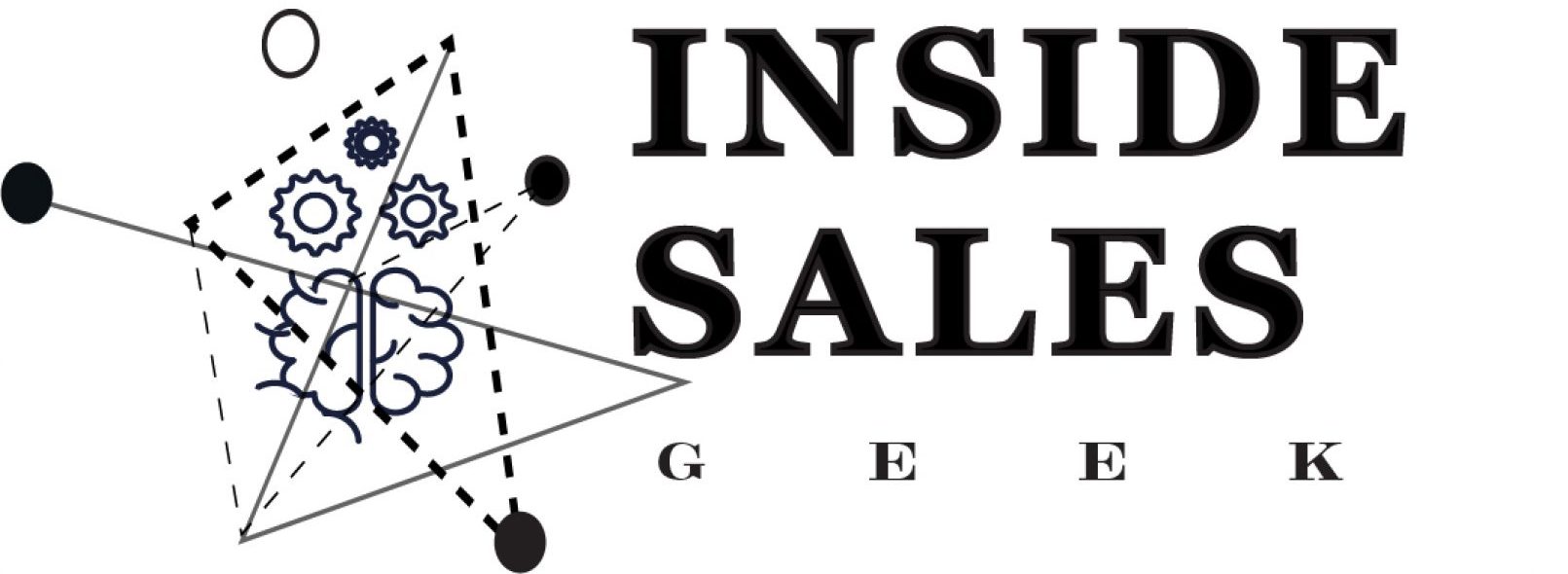Martin (2015) researched over 800 sales agents and sales leaders to better understand what separates agents who exceed sales goals by 25%, compared to those who fall short by 25% of their sales goal. A vital component of the most potent sales agents was their verbal acuity, which referenced the communication level of the meaning, importance, and application of the words chosen. An advantage outside sales agents possess is their ability to adjust their verbal approach based on the recipient’s non-verbal queues. For example, a shift in the client’s body language can encourage an outside sales agent to emphasize a specific topic or emphasize a particular point.
However, inside sales, not having the benefit of seeing their prospect’s/customer’s reaction, need to master key communication competencies for improved sales results. To date, research on inside sales communication competencies remains rather scant. Downing’s (2011) study found when inside sales agents demonstrated key communication competencies, sales results increased. In an attempt to extend the findings, sales managers trained and coached lower-performing sales agents to utilize five key communication competencies. The findings indicated when the following five communication competencies were used in unison, inside sales conversion for lower-performing inside sales agents increased threefold.
- Speak at an appropriate rate – The average person speaks at 125-150 words a minute. Even though we can process up to three times as many words per minute, sales agents who were able to talk at a more appropriate controlled rate, received fewer questions during the phone conversation. Also, inside sales agents purposely adapted their rate of speech based on the customer’s geography and other demographic factors.
- Emphasize important points with changes in pitch and volume – A monotone approach disengages the person on the other end of the telephone line. Through the use of tone, pitch, and volume, the inside sales agents were able to make specific points more critical, generating more significant inquiries from their sales prospects. By using alternative voice inflections, it mimics using arm gestures or other body language techniques for face-to-face encounters.
- Acknowledge or paraphrase what the customer said – Active listening skills allow the listener to be part of the conversation and creates a sense of harmony and support. When inside sales agents paraphrased the customer’s words, the average telephone call lasted longer and was more engaging.
- Use short, affirmative words and sounds – An extension of active listening is to provide positive feedback to the other participant. Researchers have linked affirmative words to satisfaction (Lyubomirsky et al., 2005). Affirmative words validate the prospect’s feelings while allowing the inside sales agent to enhance the relationship more quickly.
- Use language the customer can understand – Every vertical channel and company has its nomenclature or acronyms. Inside sales agents who focused on communicating simply with no use of acronyms or jargon were 25% more likely to develop steps for a follow-up conversation.
These five communication competencies seem rather mundane and straightforward. However, in practice, many inside sales agents fail to apply any of these communication tactics, much less all five consistently. Our study found a sales conversion increase every time an inside sales agent included an additional communication competence. However, when all five communication competencies were utilized during the sales call, it had an exponential effect on sale conversions. Consequently, organizations should focus on developing their inside sales agents’ communication competencies. In the age of call monitoring, inside sales agent coaching efforts need to include the fundamental importance of communication competence, because prospects form opinions and make decisions based on what they hear.
